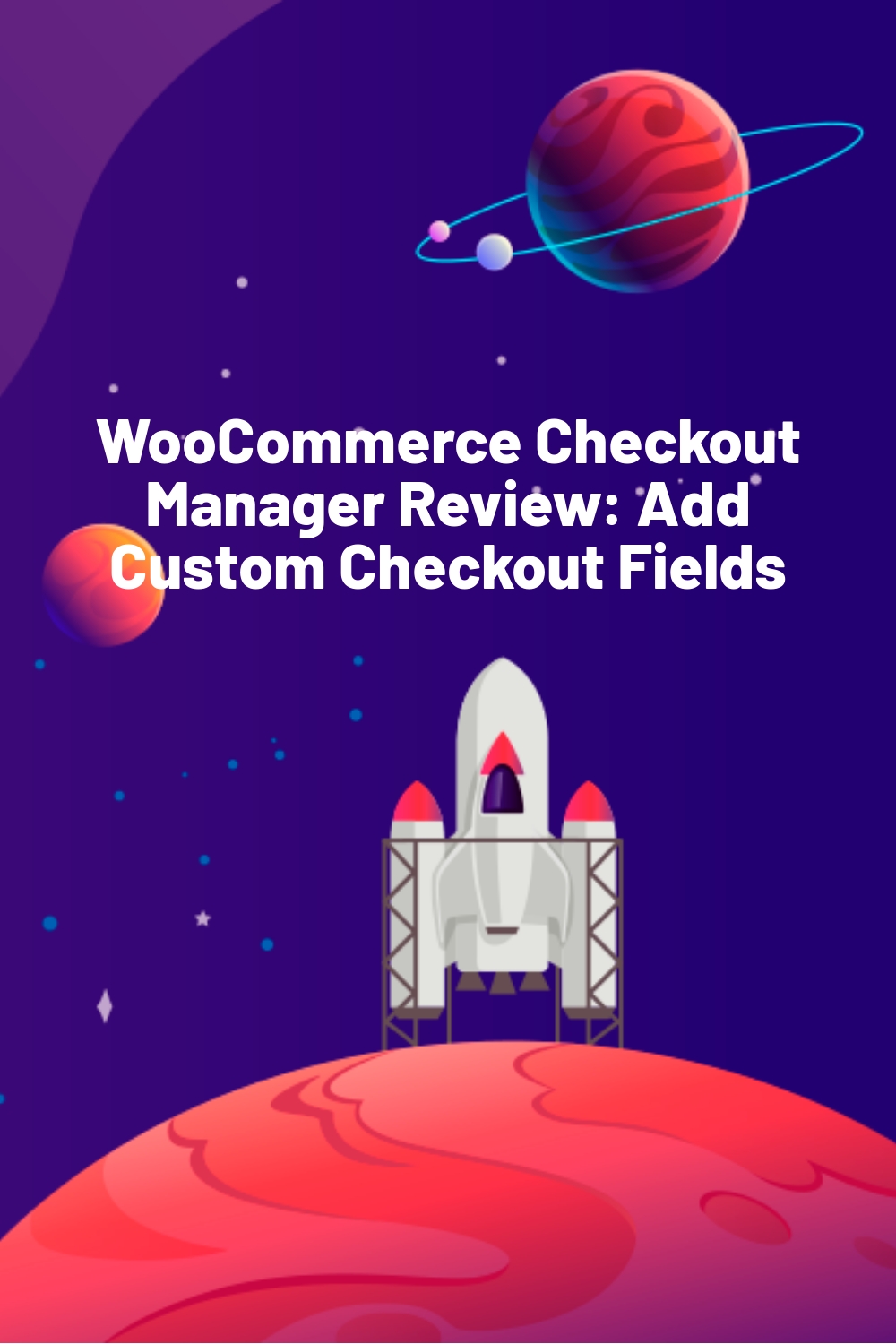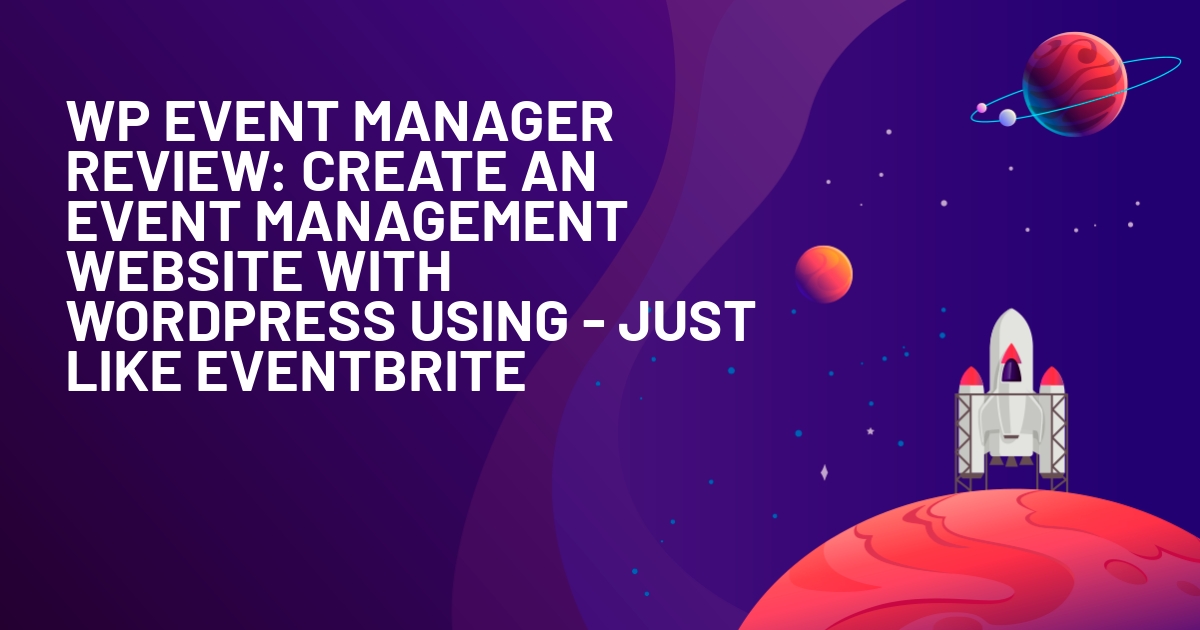WPLift is supported by its audience. When you purchase through links on our site, we may earn an affiliate commission.
WooCommerce Checkout Manager Review: Add Custom Checkout Fields
Need to add custom fields to the WooCommerce checkout or otherwise customize how it works? With the WooCommerce Checkout Manager plugin that we’ll be reviewing in this post, you can easily add, edit, or delete all of the fields that are displayed on your WooCommerce store’s checkout page.
You also get more advanced options, like conditional logic for displaying checkout fields, extra fees, and more.
All in all, if you want to modify how the WooCommerce checkout process works, this is a good one to look at.
Keep reading our WooCommerce Checkout Manager review to learn more about how this plugin functions and get a hands-on look at how it works.
WooCommerce Checkout Manager Review: The Feature List
WooCommerce Checkout Manager lets you customize pretty much everything about how your WooCommerce checkout process functions.
First, it lets you add, edit, or hide fields on the WooCommerce checkout process. You get tons of different field types, including:
- Heading
- Message
- Button
- Text
- Textarea
- Password
- Select
- Radio
- Checkbox
- Time picker
- Date picker
- Country
- State
- Multi-select
- Multi-checkbox
- Color picker
- File upload
For example, if you’re using WooCommerce as a restaurant ordering system, you could add a time picker field to your checkout so that shoppers can choose when they want their orders delivered.
You also get detailed control over how each field functions, especially with the Pro version.
You can:
- Set up conditional logic to control when a field is visible. For example, you can select a parent field and only show a new field if a user selects a specific value in the parent field.
- Only show fields for certain cart values, user roles, products, or product categories.
- Hide the field in certain areas (like the My Account page).
- Charge a custom price based on a field.
- Display the field data in the backend WooCommerce admin and sort and filter orders based on that field.
For example, if you have a product where shoppers can customize it with their own logo, you could add a new file upload field but only display it if the shopper is purchasing an applicable product:

Article Continues Below

Here’s an example of what that might look like on the checkout page:

You can also customize certain aspects of how the checkout process functions. For example, you can force guest users to create an account or fill out a separate shipping address.
Finally, you can also customize how these fields are handled in other parts of the interface.
For example, you can include custom fields in order notifications or display them in your admin screen (and sort/filter these fields in your admin area, if desired).
Some Examples of What You Can Do
I already showed you one front-end example with the file upload field. But let’s look at a few other features.
First, here’s an example where a user gets a radio field asking them if they want to add a custom message. If they choose “No”, nothing happens. But if they choose “Yes”, the plugin adds $5 to the order total and displays another text field for that message (using the conditional logic feature):

Or here’s another example where shoppers can choose a date and time to have their order delivered using two fields for a date picker and a time picker. Again, it uses conditional logic to only display these fields if a user opts to pick a specific delivery time:

Let’s go hands-on and I’ll show you how everything works.
Hands-On With WooCommerce Checkout Manager
Once you install WooCommerce Checkout Manager, you’ll get a new Checkout tab in the WooCommerce settings area where you can manage your checkout process:

All the settings are divided into different tabs.
Let’s go through how it works…
Checkout
The main Checkout tab lets you configure some general settings for how your checkout functions. For example, you can force shoppers to fill out the shipping address fields (instead of just duplicating their billing address).
You can also add custom messages, customize the order notes feature, and/or force users to register for an account:

Billing
The Billing tab lets you customize the fields that are included in the billing details section. You can add new fields and edit or hide existing fields.

If you click to edit a field, you can also edit the advanced options that I mentioned above, like conditionally displaying the field or adding a custom price. I won’t show this for every interface, but you can access this area whenever you add/edit a field.

Shipping
The Shipping tab lets you do the same thing, but for the dedicated shipping fields:

Additional
The Additional tab lets you add new WooCommerce checkout fields outside the existing categories. For example, when I added a file upload field earlier in the post, I added it as an additional field.
You can also choose from four different placements for your additional fields using the drop-down on the right:
- Before billing form
- After billing form
- Before order notes
- After order notes

Order
The Order tab lets you choose how to handle custom fields or file uploads in the front-end orders area. If you choose “Yes”, shoppers will be able to view and manage their uploads and custom fields even after they submit their orders.
You can also only apply this change to specific order statuses. For example, you can let shoppers manage the uploaded files for processing orders, but not orders that have been completed:

Here’s an example of what it looks like on the front-end – you can see how shoppers get an option to delete or edit the uploaded file on the front-end:

The Email tab lets you choose whether or not to include some/all custom fields in the email notifications that your store sends. Again, you can filter by specific order statuses as well:

And that’s pretty much it for the settings area!
WooCommerce Checkout Manager Pricing
WooCommerce Checkout Manager comes in both a limited free version at WordPress.org and a premium version.
The free version gives you access to a good amount of functionality and lets you add new fields and customize the existing fields.
Then, the Pro version adds some of the more advanced features including:
- Add fee on checkout.
- Add options fee on checkout.
- Hide fields on the checkout or my account page.
- Display fields on the admin list of orders.
- Sort and filter on the admin list of orders.
- Enhance the select field with Select2.
Here’s the pricing for the premium version:
- 1 site – $20
- 5 sites – $40
- Unlimited sites – $80
All plans come with lifetime updates, which is quite generous. You also get 6 months of support.
Final Thoughts on WooCommerce Checkout Manager
WooCommerce Checkout Manager gives you a lot of control over the WooCommerce checkout process, specifically when it comes to adding, modifying, or removing fields from the checkout.
It also gives you advanced options to get more creative. For example, you can use conditional logic to only display fields in certain situations/for certain users. Or, you can add an extra fee to your checkout based on how users fill out your extra fields.
You can also use these fields in the WooCommerce admin and let users manage fields from their front-end account/order pages.
All in all, if you want to modify the WooCommerce checkout process, give this one a look.
You can get started with the free version at WordPress.org. Then, if you want to upgrade to Pro, the fact that you get lifetime updates with your purchase makes this one quite economical.











We are running into more and more folks using WooCommerce – thanks :-)